
We have the pleasure of working on a local judge’s cars. His daughter had just turned 17 and he bought her a 2004 BMW 325 XI after having us check the vehicle out thoroughly. Before she took possession of the car, we did a tune-up, including the fuel filter, and replaced the fan clutch, which goes bad on almost all specimens of this model. The vehicle passed muster otherwise.
A few weeks later, the car was towed back to our shop because of a no-start condition. Whenever you get a no-start, check the basics first: battery, fuel, and spark (well, the internal engine parts that generate compression are traditional basics, too, but we saw no reason to suspect them at this point). The battery was good, the starter was engaging, and the engine had spark. Before we pulled out our trusty bottle of propane and attached it to the brake booster vacuum hose as we usually do to see if the engine would fire up with an artificial supply of hydrocarbons, we hit the key again and it started. That classified this situation as an intermittent.
Immediately, we theorized (but could not yet prove) that we had a fuel pump problem, simply because the KOEO (Key On Engine Off) turns were priming the pump, at least sometimes. However, Long Term Fuel Trim was not elevated and there were no codes that would tip us off that the fuel pump was on its way out. So, how could we make sure that the pump itself was the culprit before replacing it?
The Art of Diagnosing Fuel Problems
The first thing many BMW techs will check is the fuel pressure as read at the gauge port on the fuel rail. After all, this is the factory-recommended procedure. But is this really the best way to diagnose fuel problems on BMWs?
The company publishes two fuel system specifications for the E46 model. One is that fuel pressure should be 3.5 BAR both Key On Engine Off and Key On Engine Running, which is about 51 psi on the gauge. The other is that fuel volume should be 2.25L per minute, which is 0.59 gallons per minute on a fuel volume gauge. If you do not have a specification for fuel volume for a particular model, expect at an absolute minimum that volume should be above 0.45 gallons per minute on four-cylinder vehicles, and 0.55 gallons per minute on turbo-equipped fours, and six-cylinder and up engines.
The reason we want to check fuel volume as opposed to just fuel pressure at the fuel rail is twofold. First, if we merely checked fuel pressure at the rail, we cannot rule out that the fuel pressure regulator that is internal to the vehicle’s fuel filter is defective. Being that we already replaced the fuel filter on the vehicle a few weeks previously, it would be nice to avoid a needless parts-changing routine before looking at the fuel pump. The other benefit to checking fuel volume is that sometimes fuel pressure is good, but overall fuel flow is insufficient. For example, some sort of restriction impeding fuel delivery would effectively cut volume, but maintain strong pressure.
Hooking Up a Fuel Volume Gauge to an E46
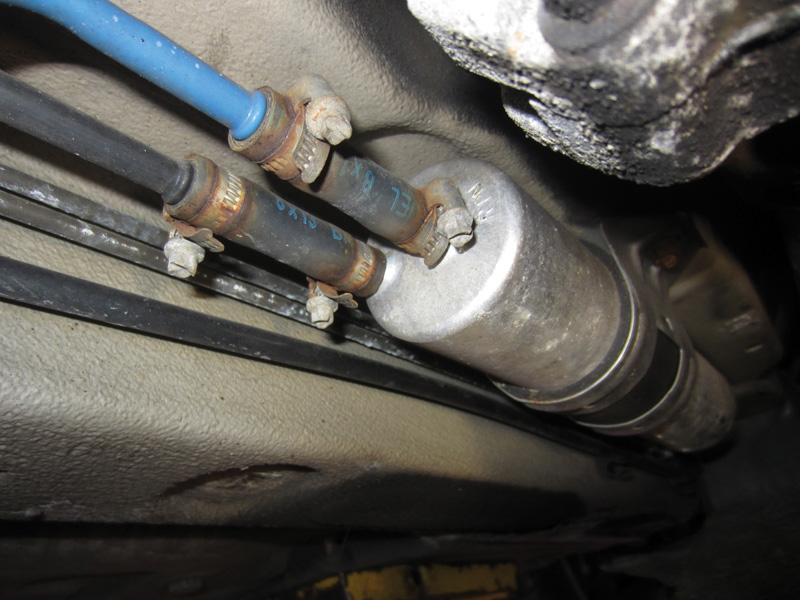
This is where the fuel filter is located on the E46. The fuel volume gauge is hooked up on the left (pump) side of the filter, not only because it is easier, but because it will also give us a more direct reading.
Hooking up a fuel volume gauge is very easy. It only requires removing two covers with an 8mm socket and a Phillips screwdriver. Then, attach the volume gauge in series between the fuel hose and filter on the pump side so that your readings are not affected by the pressure regulator in the filter.
Next, command the fuel pump on using your scan tool. We use an Autologic with BMW software, but any scan tool with enhanced OEM capabilities can do this. On the E46, you need to go into the DME module in order to command the fuel pump on in the bi-directional controls menu.
With our fuel volume gauge hooked up we were able to read both fuel pressure and volume. Fuel pressure KOEO was far below specification at a little below 1.7 BAR/20 psi. Yet, when running the vehicle had a strong fuel pressure of about 3.6 BAR/54 PSI. Was that because electrical system voltage is higher at idle than the battery alone can supply? If so, it would mean the brushes and commutator in the pump’s motor should be suspect.
Fuel volume was above specification on this vehicle at about 0.66 gallons per minute, which is above 2.25L per minute.
Being Positive
Obviously, the vehicle needs a new fuel pump with a matter of perfect certainty. How did we rule out a bad fuel pressure regulator or a restriction in flow? If we had taken our measurements at the fuel rail, we could not be totally sure. However, we took our readings before the fuel filter with its internal regulator, confirming that the low KOEO pressure was not related to the filter assembly. Also, because we had strong fuel volume, there could not be a restriction, while if we were just checking fuel pressure readings, it is theoretically possible that the changes in fuel pressure could have been explained in that way.
Two other technicians were not too sure of our diagnosis, theorizing that the jet/transfer pump (which is merely a low-pressure pump that transfers fuel from one side of the saddle tank to the side where the high-pressure pump is mounted) might be bad, but we were totally confident that the E46’s twin fuel pump system did not need to complicate our diagnosis. Of course, this may be splitting hairs a wee bit too much, but it is a matter worth addressing. First, we can go the “pattern failure†route of explaining it away. Fuel pumps regularly go bad on 3-Series BMWs, but not jet pumps, which, as we said, are only used to transfer gasoline from the other side of the saddle tank to the high-pressure pump side. A common symptom of a bad jet pump is engine stalling as if running out of gas when the dash gauge reads about 1/4 tank. This was not our symptom. There is a good reason why our supplier stocks three such fuel pumps on any given day. Second, thanks to using our Autologic to command on the fuel pump relay, with the E46 this function only powers up the fuel pump itself, not the jet pump. So, our readings only regarded the primary fuel pump alone, allowing us to condemn that single component.
As a side note, checking fuel volume and pressure before the regulator saves us time trying to current-ramp the fuel pump and do voltage-drop testing. Obviously, if the fuel pump runs fine once it starts up, there is not an issue with voltage drop. Furthermore, most BMWs do not have their fuel pump relays in accessible places. It takes much less time to just check fuel volume. Also, it is more accurate. BMW simply warns that the pump should not pull more than nine amps on “passenger cars.†Otherwise, you are on your own to make a library of known-good fuel pump waveforms and draws. Most of the time, you can do a better job simply selling the customer on a new fuel filter and conducting a fuel volume test. It is not only better diagnostics, but it is better for business too.
So, we ordered the fuel pump and sealing ring for the job. We removed the rear seat, installed the new fuel pump and kept the old one long enough to take a snapshot of it.
Now the engine started and ran perfect, and the judge was happy. And, that’s what’s important, isn’t it?

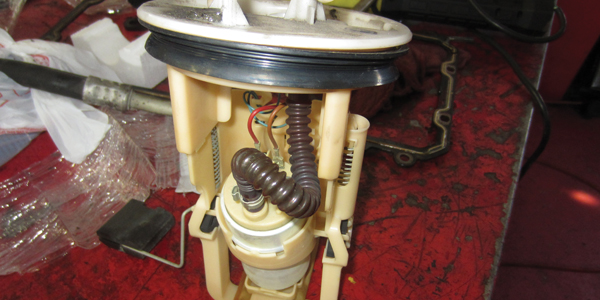
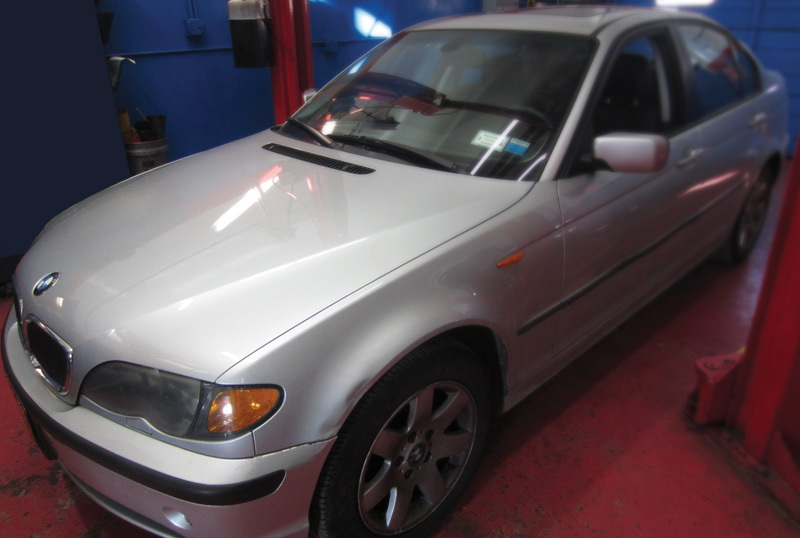
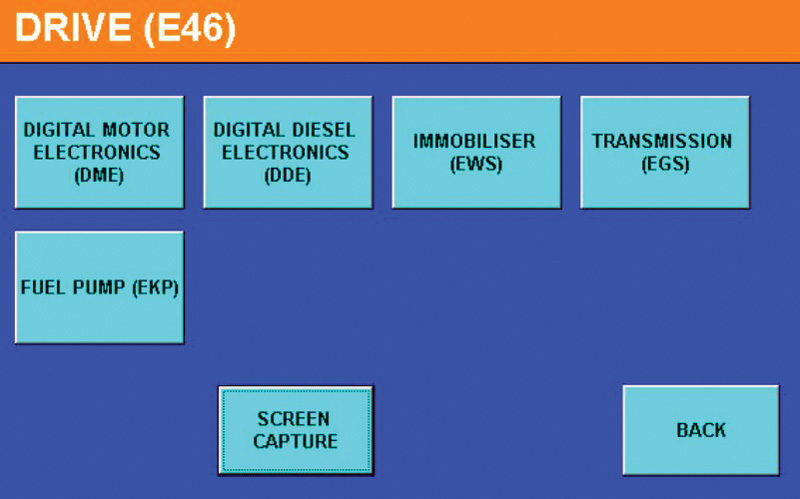
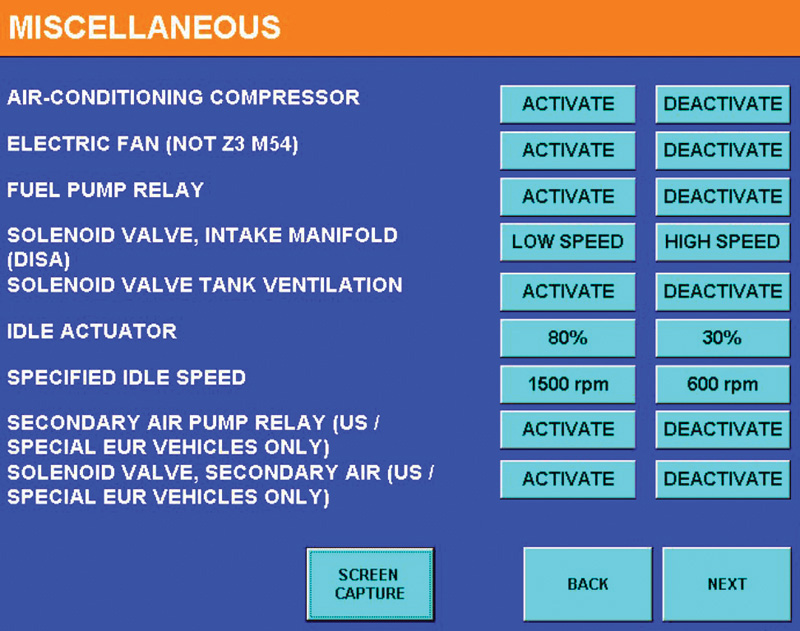
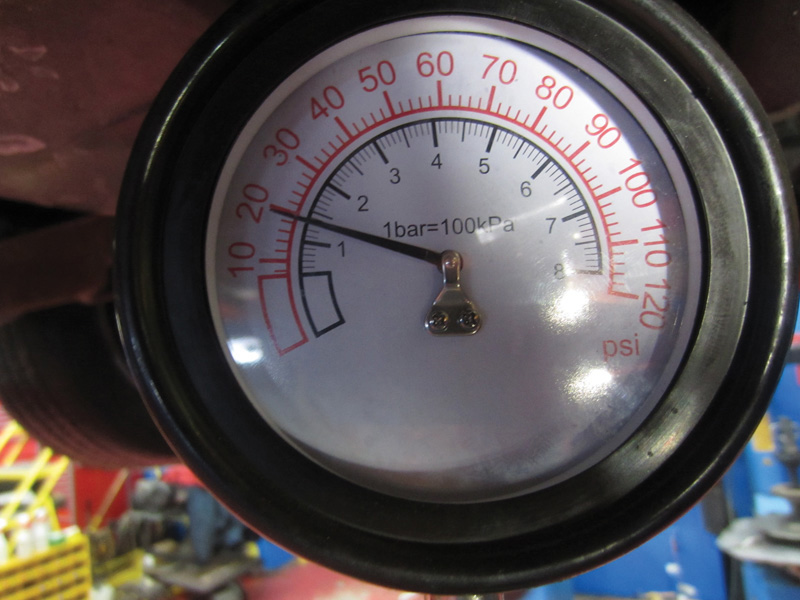
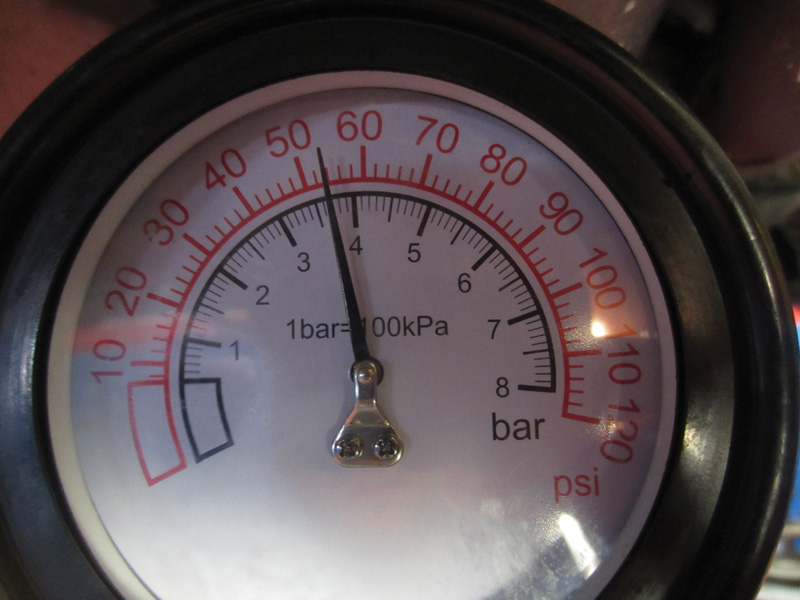
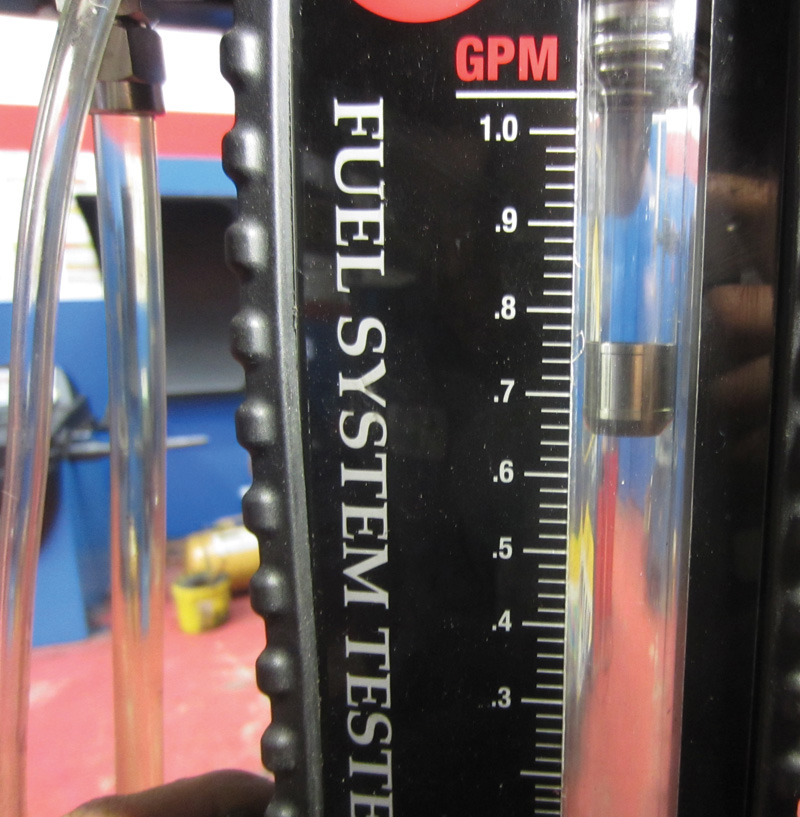
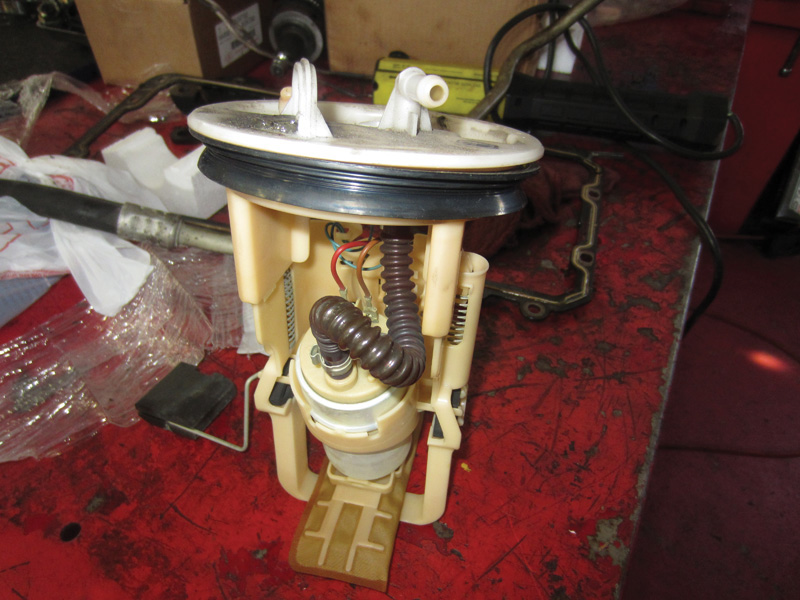



0 Comments